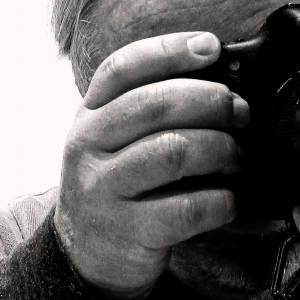Westerly wind
I noticed that there did not appear to be a church attached to the North Leith Churchyard I photographed earlier this week. After some research I found that a renovated building about 200 yards away was previously the church.
The pilastered wooden belfry with lead-covered ogee spire of 1675 is one of the few remaining features of North Leith Church visible since its conversion into a granary in 1825.
St Ninian’s Chapel was established in 1493 by Robert Ballantyne, Abbot of Holyrood. He arranged for it to be served by two chaplains who would be supported by tolls from the adjacent bridge and rents from some property. The Chapel was almost certainly in ruins after the English raids in 1544 and 1547. After the Reformation (1560) the people of North Leith gained possession of the chapel and rebuilt it. In 1609 the parish of North Leith was created and the old chapel became the Parish Church.
In the late 17th century the church was rebuilt and extended. The distinctive Dutch style steeple, which bears the date 1675, was added then. Inside there was a gallery round three sides of the church and it was decorated with the emblems of the Trades Incorporations of North Leith. It was probably at this time that a flagstone floor was installed – previously most churches had bare earth floors and important people were buried under the church floor.
In the late 18th and early 19th centuries the population of North Leith expanded and the church became too small for the congregation. A “New” North Leith Parish Church was built in Madeira Street and opened in 1816. This was not, however, the end of the use of the old building as a church. When the Parish Church moved out , a new congregation then known as the North Leith Burgher Church rented the premises and used them until their own new church was built in Coburg Street. When they in turn moved out, a new congregation of the Relief Church occupied the building until their new church in Great Junction Street was ready in 1825. After that it was used for commercial purposes. In 1997 the old manse and belfry and adjacent building were purchased by the Cockburn Conservation Trust and restored for use as offices.

Comments
Sign in or get an account to comment.


